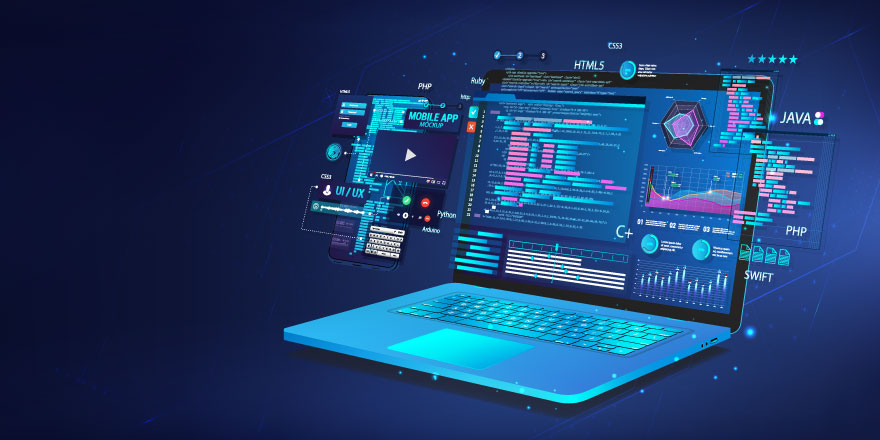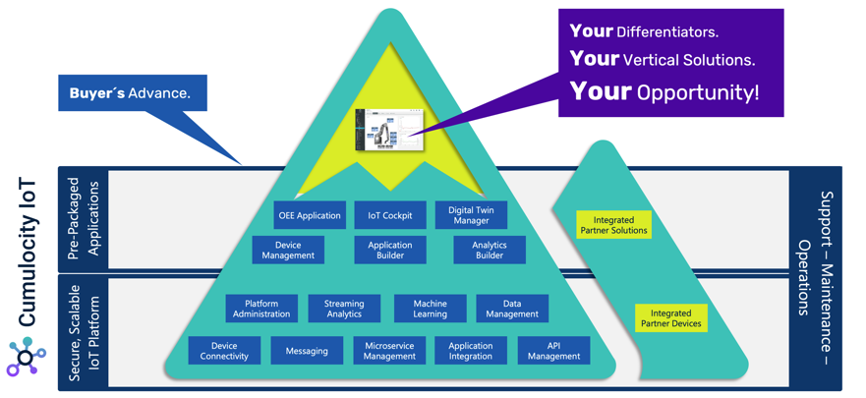For successful edge IoT projects, buy-and-build
To avoid failure in your Internet of Things projects, take a buy-and-build strategy.

A customer for a new IoT project said to me: “Jürgen, we know exactly what won’t work.”
Obviously, his past experiences with IoT hadn’t always been positive. Unfortunately, he’s not alone. Many companies say that their IoT projects aren’t going as hoped or planned. This is unfortunate and, most of all, largely unnecessary.
What’s going wrong with so many projects?
- Approaching an IoT project from a technology angle rather than focusing on its intended application. Project teams can easily get bogged down by details—adjusting a setting here or a parameter there, or trying to integrate components from different vendors. This causes them to lose sight of the actual business outcomes. Their projects often fail because decision makers lose patience. They may pull the plug when they don’t see tangible results.
- Focusing on individual projects and not the big picture. Maybe you have been too fixated on a specific sensor manufacturer. Maybe you forgot to consider how other sensors, actors or edge devices down the line will be integrated and connected with the IoT platform. This can lead to insufficient scalability of installations and a lack of synergies between sub-projects, commonly due to vendor lock-in. Anyone who has found themself locked into a vendor knows how difficult and costly it can be to get out.
How to avoid these mistake
Focus on addressing how you can generate value for your organization with the IoT. The faster you produce tangible business outcomes, the more support you will gain for your project and the sooner it will become part of standard operations. Employ a buy-and-build strategy and leave the technology for building IoT to those who have made it their core business.
What to consider with a buy-and-build strategy:
- Platform neutrality: Avoid platform lock-in and make sure the solution you choose is compatible with as many cloud platforms as possible, such as AWS, Azure, and Cumulocity IoT.
- Compatibility with enterprise applications: To perform analytics in IoT[MT1] using existing business data and reuse the results, your solution must provide as many standard interfaces to other enterprise applications as possible as well as a wide range of extension options.
- Openness: An open-source approach enables partners and vendors to prepare their edge devices to your solution—ideally, already in the factory. You don’t need to worry about integrating devices. An open solution gives you independence from protocols and programming languages.
- Scalability: IoT projects often start out small but then grow quickly when the first successes materialize, and the added value becomes tangible. For this reason, scalability should be a focal point from the beginning.
- Simplicity: Integration of devices and platform must be straightforward and possible without programming skills.

What is the solution?
We developed Cumulocity IoT and thin-edge.io with all of these aspects in mind. Our thin-edge.io is a cloud-agnostic, open-source IoT framework specifically designed for resource-constrained IoT devices such as industrial routers, controllers, sensor and (fieldbus) protocol gateways.
It offers connectivity that is secure and easy to set up, freedom of cloud platform choice, and support for extensions regardless of programming language. In combination with Cumulocity IoT, you can centrally manage all devices and sensors throughout the entire lifecycle as well as perform analytics for any scenario relevant to your needs.
Using this approach, status monitoring and different types of analytics – including forecasting downtime, maintenance and utilization of your OT systems and devices – becomes simple, by pushing intelligence to the edge.
To learn more about Cumulocity IoT and register for a free demo, please click below.